SUMMARY
This is AI generated summarization, which may have errors. For context, always refer to the full article.
![[OPINION] Remembering Rizal’s death](https://www.rappler.com/tachyon/r3-assets/612F469A6EA84F6BAE882D2B94A4B421/img/5AC89987C5CA4AD6944D8FE9D3938F5A/remembering-rizals-death-december-30-2019.jpg)

It has become a habit of mine to remember Jose Rizal’s execution by rereading Noli Me Tangere and El Filibusterismo. This year, however, something odd had become more apparent to me. So, yes, Rizal’s death led to the 1896 revolution. But because he died so young, he also opens himself to a lot of contemporary speculation.
For example, if Rizal was not stopped in Singapore and ended up in Cuba, would he have joined the Spanish forces fighting Theodore Roosevelt and his Rough Riders? And if he survived the war, would the Americans repatriate him back to the Philippines? Would he end up staying in Cuba or perhaps move to Louisiana – a mestizo society? So we will have Rizal, an American exile who would predate Carlos Bulosan. The first Pinoy green cardholder?
Or, if Rizal was judged not guilty, would he have continued with his Borneo project and move his family and friends to the British colony? What would this diaspora look like? And if, as a result of the revolution, Filipino refugees found their way to Borneo, would Rizal and his comrades accept them? What would the British do to him and his fellow Filipino refugees? Either way, Rizal would be seen as leaving the Philippines to become an early “green card” holder or a British subject. Would his writing be still respected for their nationalism? Or will he be now denounced as having betrayed his people by deciding to spend the rest of his life outside the colony?
Speculating about what would have happened to Rizal had he lived persists because his novels were equally fluid. The Noli and the Fili were powerful indictments of colonial society; they were also works where Rizal seems to confound us in regard to the exact nature of their characters.
They were not the Filipino that we understand today. They were mestizos/half-breed insulares with a sprinkling of peninsulares, and perhaps even Cubanos. Their high social standing did not hide the fact that they lived blemish lives. Maria Clara’s father was a priest who had an affair with a married Chinese-Filipina (or Malay?). There was Ibarra, who morphed into Simoun. He was Spanish mestizo, and the family definitely had money to send him to Europe for advanced studies. But he was sent to Germany, not Spain where all insulares were expected to send their children and at a time when Otto Von Bismarck was shaping the modern state. German political culture was directed at building powerful institutions and putting society under the rule of law. Bismarck’s Germany framed the portrait of Ibarra, who, upon arriving at Kapitan Tiago’s dinner party, introduced himself as “a German gentleman.” Ibarra would show his love for Maria Clara by not giving her roses but building her a school!
Yet here too was an intellectual whose political naivete was appalling, disagreeing passionately with Elias’ call for reforms and then destroyed by the illiterate Salvi. He left the colony and returned as the “American” Simoun after recovering his wealth through devious means and becoming a patron for every despicable Spanish official sent to the Philippines (think of Atong Ang). But what was Simoun really? Unclear if he was Filipino then or even Spanish, but Rizal made him looking and acting like an American. But what kind of American? Definitely not the missionary, soldier, or public school teacher, but a gangsta operating in the boroughs of Tammany Hall-controlled New York.
The Spanish were worse. They were vulgar, pompous, lazy hicks who were carpetbaggers with fake credentials. Don Tiburcio de Espadana strutted around as a “Specialist in all types of diseases” when he was simply a customs officer who lost his job then remade himself into a doctor in the provinces where he would meet comical, loud, but also a Filipino-hating Filipina Doña Victorina. The friars belonged to a generation of religious who were thugs, provincials, pompous, and uneducated. Sinister, too. They defeated Ibarra and Elias in the Noli and were almost killed by Simoun’s IED. But neither novel was clear about their fate. Could they really return home where every fellow Spanish would treat them like pariahs? The fluidity of the future affected even these evil men.
If the Spanish were that bad, so were those who tried to be like them. The Hermanas of the Church had small minds so focused on accumulating indulgences. Dona Consolacion was from the village who rose to a “higher” stature by her marriage to the ensign. She was vulgar, nasty to her servants, spoke terrible Spanish, and even pretended not to speak Tagalog. She found her match in Dona Victorina, who also married a Spanish, gave herself a “title” and adorned her face with “layers of rice powder to distance herself “her poor, less fortunate countrywomen, whose husbands were of a different category from her own. Victorina and Consolacion did not want to be Filipino, but would they be accepted in Spain as Spanish?
Why did Rizal portray these characters this way? Here may be a possible answer: He did so because Rizal was himself still in the process of figuring what being Filipino would mean. And even as he was sorting out his characters, Rizal was also aware that his novels would be read by different readers who would, in turn, come up with their own taxonomy.
Bonifacio read the Noli and came to the conclusion that there was no other option but to revolt. The Spanish and the Catholic Church hated it because it was about them. And more so because Rizal wrote it Spanish to get “the enemy to read it,” and hurt them in their own language as if to say, “I can understand you – but can you really understand us?”
The Americans reached their own conclusions after reading the novels, seeing in Ibarra and Elias the symbols of the Enlightenment, the believers in the power of reason, and secular. They were the types of characters that Filipino kids in the public schools could look up to.
And there is us, reading the novels based on what we learned in school (annoying!), our social norms (inspired by selective citations of Rizal’s declarations – “The youth is the hope of our future”; “There can be no tyrants where there are no slaves”: “He who does not know how to look back at where he came from will never get to his destination”), and our politics. We fight over who really is the national hero not merely because of the choices they made, but because Rizal was not definite about himself and the characters he created.
These diverse reactions can become more complicated because Rizal wrote in the present tense. A reader could actually lead herself into believing that these stories were happening in their times. This further explains the passions the Noli and Fili can elicit from us if we read them thoughtfully and carefully. In short, the novels were of a time past but are timely for the present. And in dying, Rizal left these novels in their natural mutability, unable to make revisions when the times changed. Yet, as a result, we are also blessed because by keeping the stories in flux, Rizal has allowed for us to continue the debate over culture, nationhood, histories, gender, modernity, tradition, revolution, and reformism. – Rappler.com
Patricio Abinales teaches Philippine political history.
Add a comment
How does this make you feel?
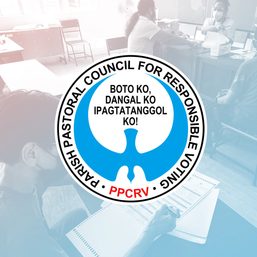
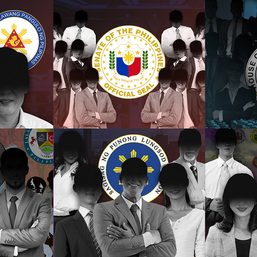

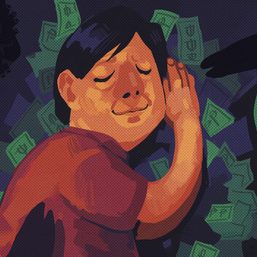
![[PODCAST] Beyond the Stories: Ang milyon-milyong kontrata ng F2 Logistics mula sa Comelec](https://www.rappler.com/tachyon/2021/11/newsbreak-beyond-the-stories-square-with-topic-comelec.jpg?resize=257%2C257&crop_strategy=attention)
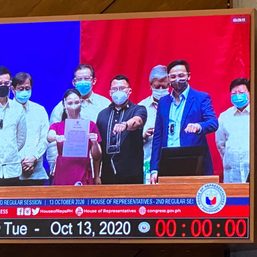
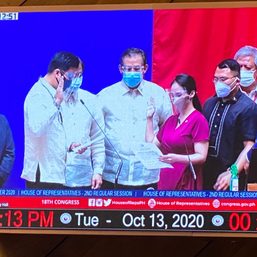
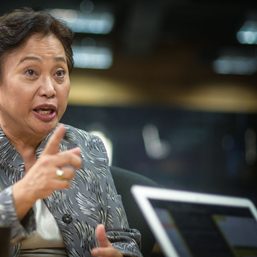
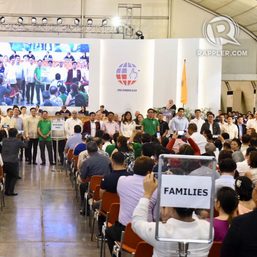
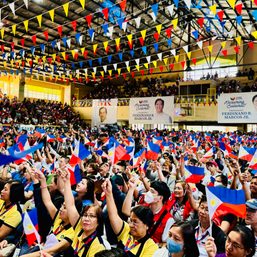
![[EDITORIAL] Ang low-intensity warfare ni Marcos kung saan attack dog na ang First Lady](https://www.rappler.com/tachyon/2024/04/animated-liza-marcos-sara-duterte-feud-carousel.jpg?resize=257%2C257&crop=294px%2C0px%2C720px%2C720px)
![[Free to disagree] How to be a cult leader or a demagogue president](https://www.rappler.com/tachyon/2024/04/TL-free-to-disagree.jpg?resize=257%2C257&crop_strategy=attention)
![[OPINION] Can Marcos survive a voters’ revolt in 2025?](https://www.rappler.com/tachyon/2024/04/tl-voters-revolt-04042024.jpg?resize=257%2C257&crop=251px%2C0px%2C720px%2C720px)
![[Edgewise] Quo vadis, Quiboloy?](https://www.rappler.com/tachyon/2024/03/quo-vadis-quiboloy-march-21-2024.jpg?resize=257%2C257&crop_strategy=attention)
There are no comments yet. Add your comment to start the conversation.